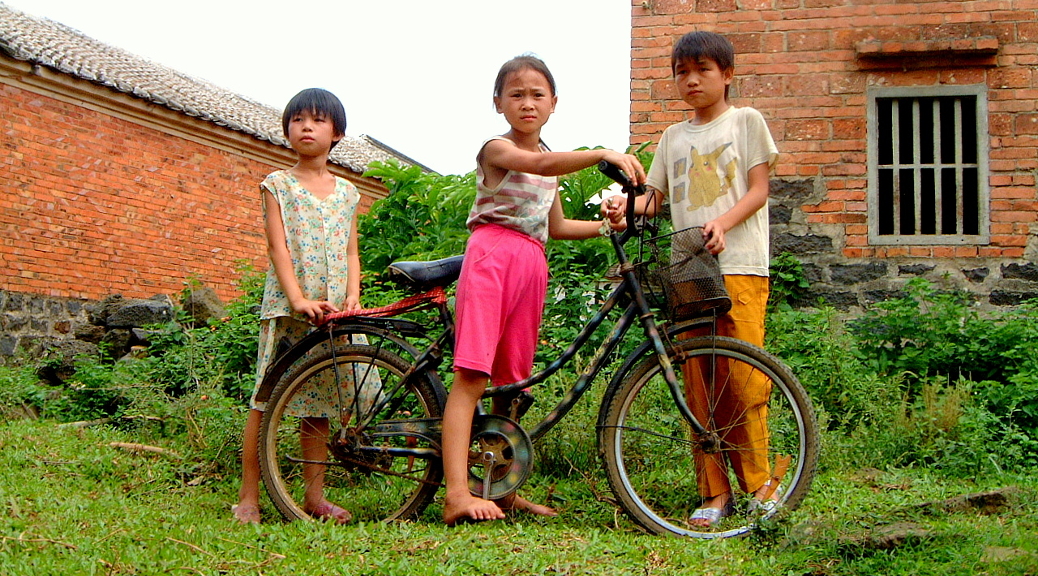
Paul Yip
Beijing’s announcement that it is relaxing its 35-year-old one-child policy should be welcomed. It is a timely and correct decision; hopefully, it can mitigate the ageing pressure in China and avoid the potential demographic crisis arising from a very skewed and unsustainable population distribution.
At present, about 15 per cent of China’s population is aged 60 or over and that figure is expected to double by 2050.
Despite its impressive economic development in the past two decades, the risk of getting old before getting rich is a very real one for China; the size of the elderly population has imposed tremendous financial pressure on the retirement and pension system.
A very low total fertility rate of 0.7 live births per woman has been observed in Shanghai. Currently, there is a severe shortage of people of working age to replace the ageing workforce, leading to problems finding enough people for its factories.
China’s estimated total fertility rate was about 1.16, according to the 2010 census, well below the replacement level of 2.1. Furthermore, there are a growing number of young couples who opt to have no children. They call themselves “child-free” rather than “childless”. China’s one-child policy has also led to a large gender imbalance; it is estimated that there are around 20 million more men than women of marrying age.
The one-child policy has brought much controversy. However, it has also served its purpose by reducing the number of births and thus easing population pressure so that resources can be deployed to develop the economy. It is true that a whole generation has had to make sacrifices and it has been especially painful for those who have lost an only child in an accident or disaster. Family ties are still very important in Chinese culture. Also, forced sterilisations, late-stage abortions and even infanticide have not been uncommon under the one-child policy.
Hopefully, the change to a two-child policy can mitigate population pressure. There is not expected to be a sudden jump in the number of babies, though. Families with no children or one child seem to be the norm for the new generation in China.
A growing number of women prefer to remain single, which has affected the number of children born, given that births outside marriage are still uncommon in China.
Among married women, the economic burden and responsibility of raising children are major barriers. Also, our research shows that the experience of looking after the first child is an important factor determining whether to have another.
Trying to increase fertility to mitigate the pressures of an ageing population is nothing new. Singapore has been trying to raise fertility rates since the mid-1980s. The city-state of only 5.4 million people has strategically placed population policy among its top priorities. It is not optional; it is vital for survival. The government promotes childbearing and has increased the intake of quality migrants at the same time, to maintain economic growth. Investing heavily in research, technology and skills training has made Singapore competitive and it still manages to attract quality people to live and work there to offset the shortage of labour. Such policies have succeeded in slowing the pace of ageing and preventing the fertility rate falling further.
Likewise, the South Korean government is facing an acutely ageing population with an ultra-low fertility rate of 1.2 children per woman. President Park Geun-hye has been spending billions of dollars providing universal child care for children below five to boost the fertility rate and increase the number of women in the workforce. The percentage of Korean parents taking up the childcare service has risen from 18.3 per cent in 2004 to nearly 66.1 per cent in 2014.
However, there has been little improvement in the fertility rate or female employment; live births have remained at around 1.2 per woman while the female participation rate in the workforce is around 56 per cent.
Clearly, on their own, these improvements in childcare services are not enough to reverse the decline in fertility rates and/or increase the number of women in the workplace.
The Korean experience should remind us that a holistic approach is needed when it comes to promoting childbearing, with changes needed to the system. In South Korea’s case, changes seem to be needed to take into account the concerns of working mothers – for example, arranging leave for long-term working mothers to look after their babies.
Certainly, a more empathetic and family-friendly working culture is needed to ensure success.
The Korean government is fine-tuning its childcare policy to focus more on those who really need but can’t afford the service. Officials have also removed barriers for young people to marry by providing housing subsidies. According to our research, encouraging young people to marry sooner has been shown to be one of the most effective ways to increase the number of births.
There is no short cut or silver bullet to meet the challenges of an ageing population. By relaxing its one-child policy, China can help improve its population structure. However, the situation is very different from 1979. Today, we need to consider “quality” and not just “quantity”. China needs an economic transformation towards high-end, value-added industries to increase productivity. Investing and equipping young people can enhance its competitiveness and help it stay ahead of the game.
Paul Yip is a professor in the Department of Social Work and Social Administration at the University of Hong Kong
This article was published on SCMP on Wednesday, 4 November, 2015. Please click here to find out more.
